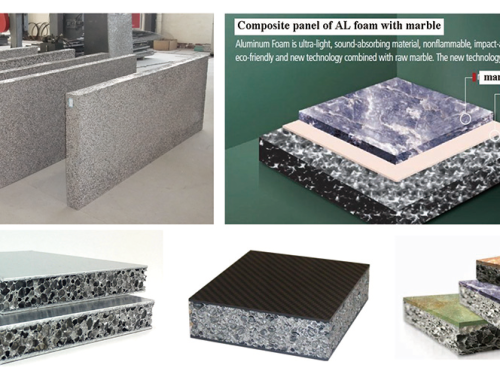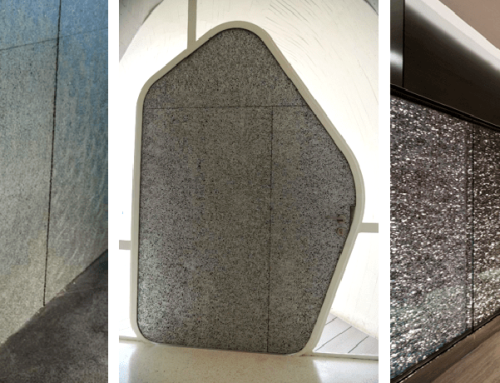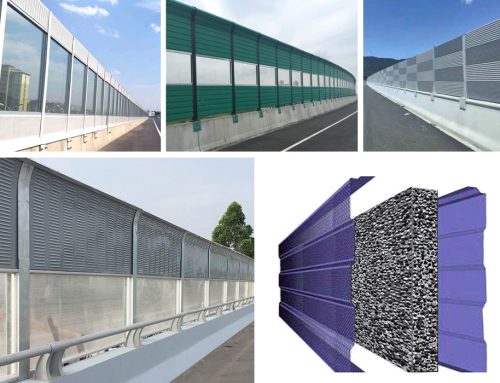As we all know, materials such as sponge, foamed plastic, rubber and wood are often chosen as cushioning and anti-collision materials in real life. As one of the porous metal materials, what are the advantages of its energy absorption and buffering?

In layman’s terms, each energy-absorbing and buffering material has its own maximum load-bearing peak value. After the unit area exceeds a certain pressure, the energy-absorbing and buffering effect will be lost. Therefore, sponges, foamed plastics, rubber, foamed aluminum, etc. The pressure range is currently the best and most widely used energy-absorbing buffer material.

As an ultra-light metal material that can float on the water, aluminum foam has a density of 0.2-0.4g/cm³, which is about 1/30 of the density of steel; however, its bending stiffness is 1.5 times that of steel; under the same weight, The compressive strength is 5 times that of steel; at the same time, the damping performance of foamed aluminum is 5-10 times that of metal, and the foamed aluminum with a porosity of more than 80% can absorb 20J/cm³ of energy when deformed by 50%, which is the most ideal. Shock-absorbing material.



